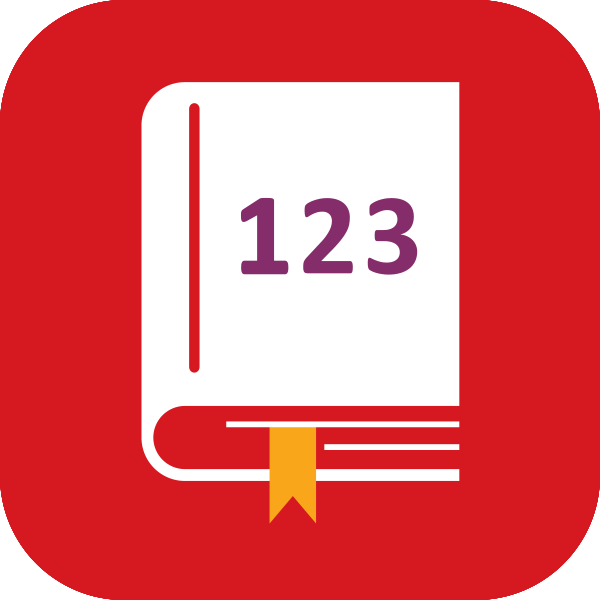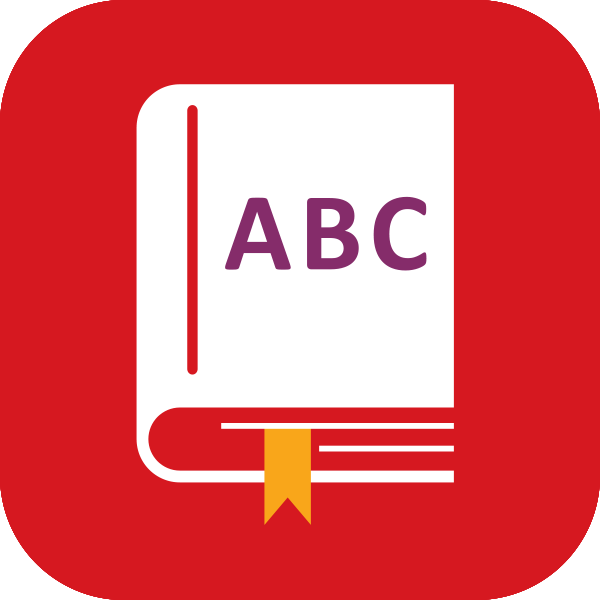In all schools, one of the most valuable commodities is time. We know that the balancing act between giving pupils the necessary time to ‘master’ the curriculum, whilst ensuring we cover all the necessary elements, is a constant pressure for teachers.
Teaching ‘smarter’
One way of managing this is to teach ‘smarter’. By that, I mean use all the tools at our disposal to plan the most effective lessons possible. In day to day lessons, we are already doing this; we use strategies to get immediate feedback about learning, and the work that children complete, to identify what we need to teach next. We then use that information to modify planning moving forward and even to adapt lessons on the fly.
When children sit attainment tests, such as the Progress Test in Maths (PTM) or Progress Test in English (PTE), they are being asked to recall information and skills independently which is often an indicator that the learning has been properly embedded. Therefore, we should use the information from these tests to give us knowledge of our children and take this data to allow us to plan more effectively moving forward.
When children have completed a PTE or PTM test, teachers receive a vast array of useful information – both for individual pupils and for different groups. Within the reports (provided by GL Assessment as a matter of course) is a table which shows each question and the percentage correct for the group compared with the national average (by group/national difference). This table can be incredibly helpful for us as teachers to help with our planning.
As we plan our lessons, we can use this table to consider the sort of coverage we need to put in place in our classrooms. For example, within the extract from a report below, it can be seen that 93% of the group were able to answer the question related to dates.
The table below shows each question and the percentage correct for the group compared with the national average (by group / national difference)

This means that, when it is time to teach this element of the curriculum, the teacher need only cover it in a minor way. In fact, they may wish to only teach it through lesson starters or plenaries – freeing up lesson time for other lessons. Of course, this leaves 7% of children who did not answer the question correctly. The teacher can then go to the Excel report for their group and identify who those children are by sorting by the question number. Once identified, the children can be supported in a group to help bring them up to speed.
Conversely, the report tells us areas where children need more input. This extract shows that the class are struggling with ‘finding the difference’ (although this is apparently the case for all children who take the test!).

For the teacher, they can now plan to take more time over this part of the curriculum. In addition, we can go back to the Excel report to identify those children who were successful in this area and plan a task for them which will allow them to deepen their understanding.
As these assessments are completed independently with a minimum of support, they provide an insight into where the children are at in their learning. The reports provided by GL Assessment contain information which can inform the class teacher on where their children are at and, by using this, allow them to plan their time more effectively. This will lower teacher’s workload by making lesson time more effective and giving us a clearer picture of the teaching we need to do. In addition, it will increase the effectiveness of the learning which takes place for all children.
Crosshall Junior School is one of our Centres of Assessment Excellence




